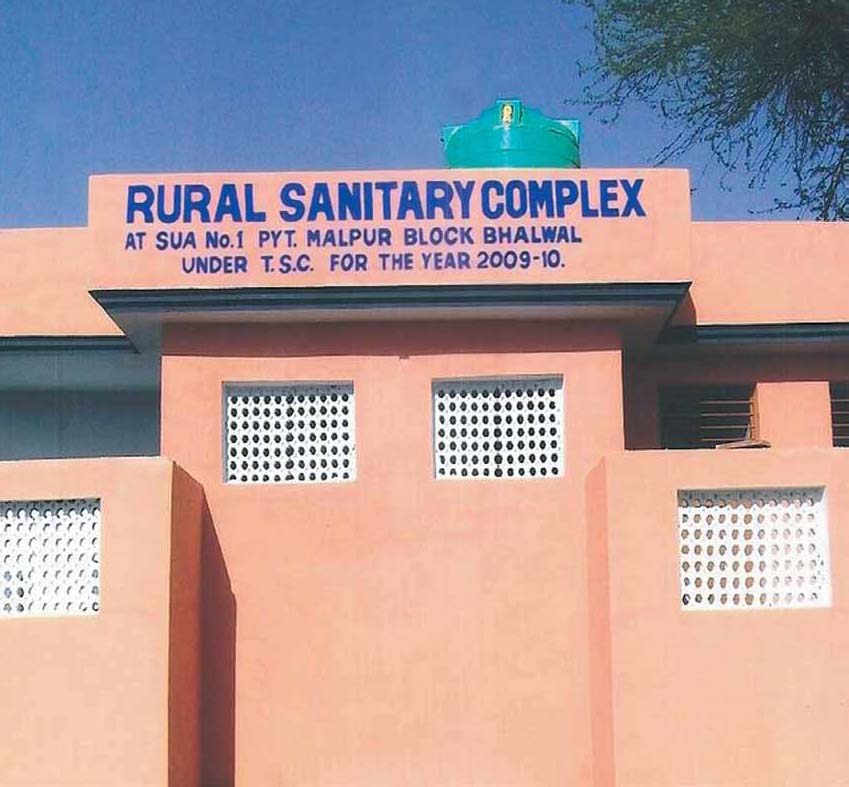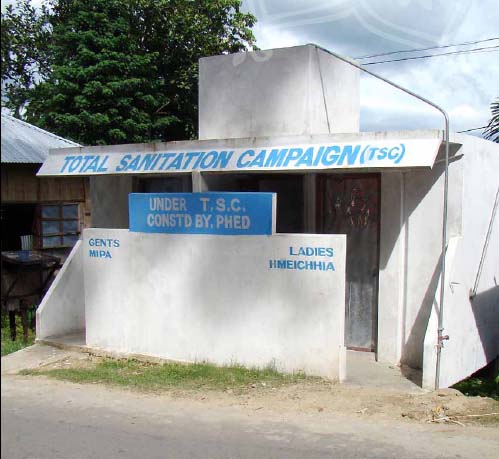 It is intended primarily for programme implementers to help them understand the critical need for Community Sanitary Complexes and inform them of the guiding principles to be adopted while planning for these.
It is intended primarily for programme implementers to help them understand the critical need for Community Sanitary Complexes and inform them of the guiding principles to be adopted while planning for these.
India remains one of the countries wherein concerted efforts are still required to eliminate the practice of open defecation. The lack of priority given to safe confinement and disposal of human excreta poses significant health risks manifest in the sanitation challenge facing the nation today.
The provision of sanitation facilities through public toilet complexes is the most suitable option for those who cannot afford individual toilets for monetary reasons or due to lack of space, and opt for open defecation. Such complexes are a useful and valuable option at public places, markets, taxi stands, etc., where a large congregation of people takes place. The Community Sanitary Complex (CSC) fosters the cognitive development of healthy sanitation practices in the community.
The TSC recognizes CSCs as one of the options to reduce open defecation and has
made provision of a maximum unit cost of Rs. 2 lakh for the construction of CSCs, where the sharing pattern amongst central government, state government and the community is in the ratio of 60:30:10.
However, besides financial resources, technical and management advice is also required for effective construction and maintenance of CSCs. This is important because the lack of adequate knowledge for construction, operation and maintenance, may render such facilities unusable and non-functional.
The scope of this document has been made comprehensive by including several aspects such as safe disposal or reuse of human waste from toilet complexes and extensive guidance on different options for toilet designs with indicative costs.
The handbook encompasses both technological and management aspects of CSCs and will be of specific interest to Gram Panchayat representatives, village level motivators and village level sanitation committees, etc., who are entrusted with the responsibility for planning for sanitation facilities at the village level. 
The handbook is structured as follows:
- Introduction - This section highlights the importance of sanitation in the rural context, the means to achieve total sanitation with the help of TSC, and the key challenges currently being faced in villages to achieve total sanitation.
- Sanitary toilet complexes - This section explains why villages require sanitary toilet complexes, the difference between community and public toilets, and the problems and prospects of sanitary toilet complexes in rural areas.
- Planning for sanitary toilet complexes - This section lists and explains the key steps involved in planning for construction, and O&M of sanitary toilet complexes.
- Operation and maintenance arrangements - This section addresses the most crucial aspect of sanitary toilet complexes, i.e., sustainable O&M arrangements.
- Technical designs for sanitary toilet complexes - This section provides indicative designs, drawings, and costs of different units of sanitary toilet complexes with different options for safe disposal systems of waste water.
Download the handbook below -





 Handbook_Establishment_and_management_of_community_sanitary_complexes_in_rural_areas_WSP_DDWS_2011.pdf
Handbook_Establishment_and_management_of_community_sanitary_complexes_in_rural_areas_WSP_DDWS_2011.pdf







